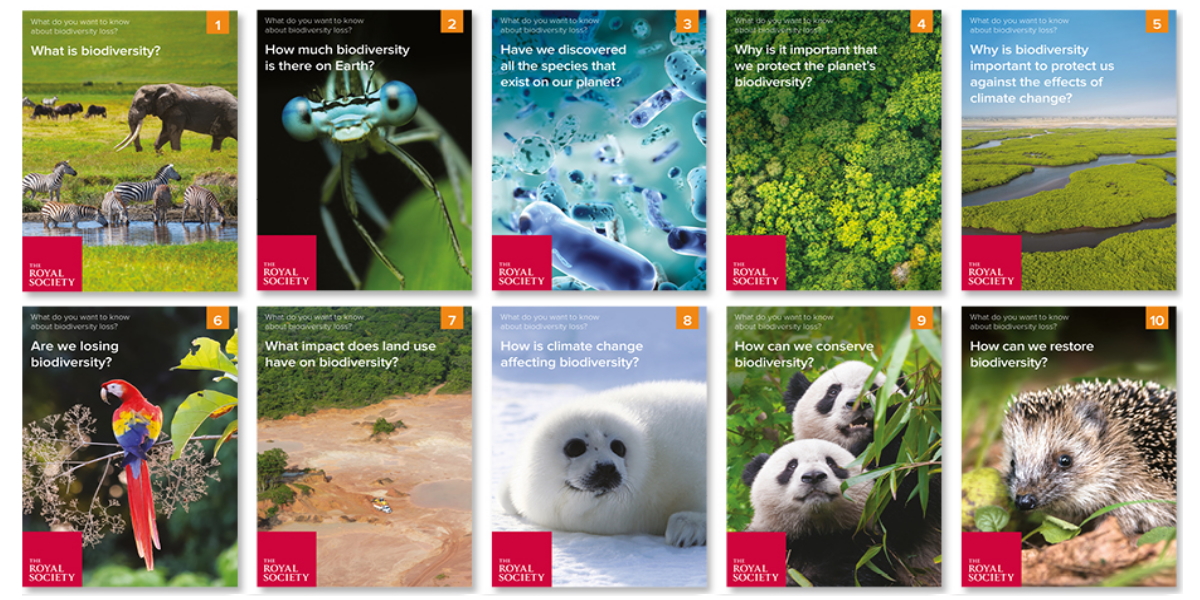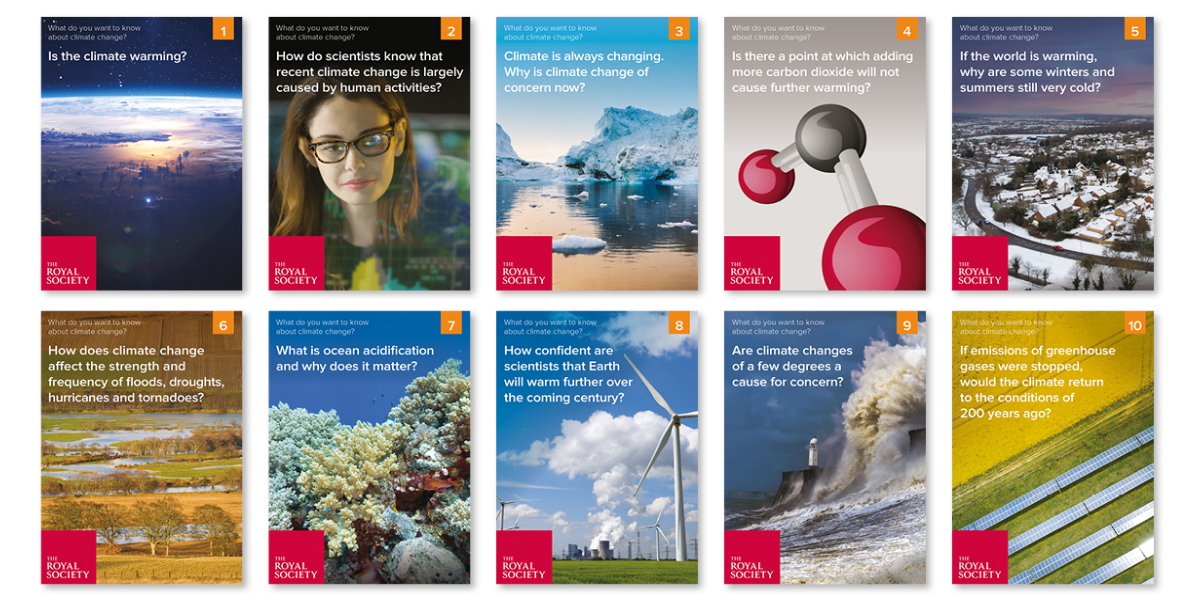Filters
Clear allSubject
- Careers (3) Apply Careers filter
- Climate Change (2) Apply Climate Change filter
- Computing (2) Apply Computing filter
- (-) Remove Cross curricular filter Cross curricular
- Design and technology (2) Apply Design and technology filter
- Engineering (1) Apply Engineering filter
- Mathematics (4) Apply Mathematics filter
- Science (11) Apply Science filter
Age range
Type
- Activity sheet (6) Apply Activity sheet filter
- Game (1) Apply Game filter
- Image (2) Apply Image filter
- (-) Remove Information sheet filter Information sheet
- Interactive resource (1) Apply Interactive resource filter
- Poster (3) Apply Poster filter
- (-) Remove Presentation filter Presentation
- Research (2) Apply Research filter
- Teacher guidance (11) Apply Teacher guidance filter
- Video (3) Apply Video filter
- Include Physical Resources (0) Apply Include Physical Resources filter
Showing 13 results
This activity focuses on the link between water usage at home and the number of people living in their household, as well as comparing the water usage within the UK to that of other countries.
Students estimate how...
This activity, from the Institution of Engineering and Technology (IET), introduces students to the ethical and moral issues of remote surgery.
It is intended that students will be able to:
• Understand what...
In this activity, students consider what is meant by ‘energy efficiency’ and how this applies in the context of a house to reduce energy consumption. Students interpret graphs taken from an Energy Performance Certificate (EPC) and then brainstorm ideas about how energy...
This lesson introduces students to the effects of climate change on glaciers. The resource sheet gives information what a glacier is, how they are formed and what the different types are. A card sort game is included, asking students to match terms to explanations, separate glacial inputs and outputs and place in...
This resource explores the factors which affect the location of glaciers through a series of activities. In pairs students identify 5 countries which they think have permanent ice from a given list and justify their choices. They then mark on a world map where they think glaciers are located, indicating size and...
This Barefoot Computing resource builds on the ‘Maths quiz with selection’ learning activities which should be undertaken first.
It involves improving an existing Scratch maths quiz and adding score-keeping using...
This Practical Action resource presents a fun hands-on and brains-on challenge for Key Stages Two to Five.
The problem:...

These evidence-based, question and answer style classroom resources can be used to engage students of all ages...

These evidence-based, question and answer style classroom resources can be used to engage students in the climate...
In this activity students take on the role of Earth observation scientists submitting a request for an image they would like for their research. This gives them the opportunity to consider the possibilities of pictures taken from orbit (and the limitations) and to write scientifically for a specific audience. It...
